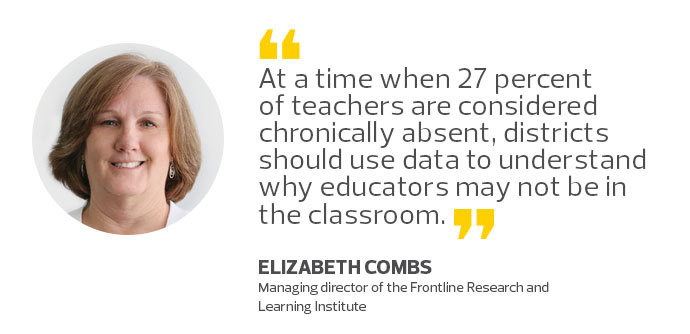How Learning Analytics Can Help Inform K-12 Decisions
No one appreciates the value of research more than educators. Learning analytics offers a powerful tool to point teachers and district leaders on the front lines of education to new areas of opportunity. Yet, too little of the massive amounts of education data and research conducted over the years informs practical changes and actions within school districts.
Educators simply lack the time to use research and data to the full advantage of administrators, teachers and students. Whether it’s locating appropriate research; extricating valuable data points specific to an educator’s needs; determining what the research means to a given district; or putting an action plan in place, education professionals shouldn’t be expected to do it all alone.
Finding Actionable Learning Analytics Insights from Student Data
Educators have had access to massive amounts of education data for decades, but they need help if they are to use that data in an easy, actionable way. As a former educator, I understand that district administrators and teachers do not need to be told that research can help them find new opportunities — they already know that. What they need are tools to help them dissect research and figure out what it means to them, quickly and effectively.

Looking for Research-Driven Solutions
One resource available to educators is a professionally related absences toolkit from the Frontline Research and Learning Institute that allows school districts to look at data on professional absences — not in a silo, but in the context of national averages — and point to potential solutions.
For instance, we found that, nationally, absences for professional development and school business account for 18 percent of all professional absences — the second largest reason that employees miss work, after illness.
At a time when 27 percent of teachers are considered chronically absent, districts should use data to understand why educators may not be in the classroom. When districts can see the reasons why teachers are absent, they can begin to look for solutions.
Keep Learning Analytics Grounded in Reality
Our research on this subject also found that administrators in human resources tend to overestimate the amount of professionally related absences, while curricula and instruction professionals tend to underestimate or accurately estimate such absences. Using data to point to what’s actually happening in a district encourages collaboration across departments to make sure that teachers are in the classroom as much as possible, and that when they are engaged in professional development, it is for meaningful and substantial learning that makes their time away from the classroom worthwhile.
Educators know that data is a valuable tool. Research should be used to help them take the next step in applying relevant research to their unique circumstances.









